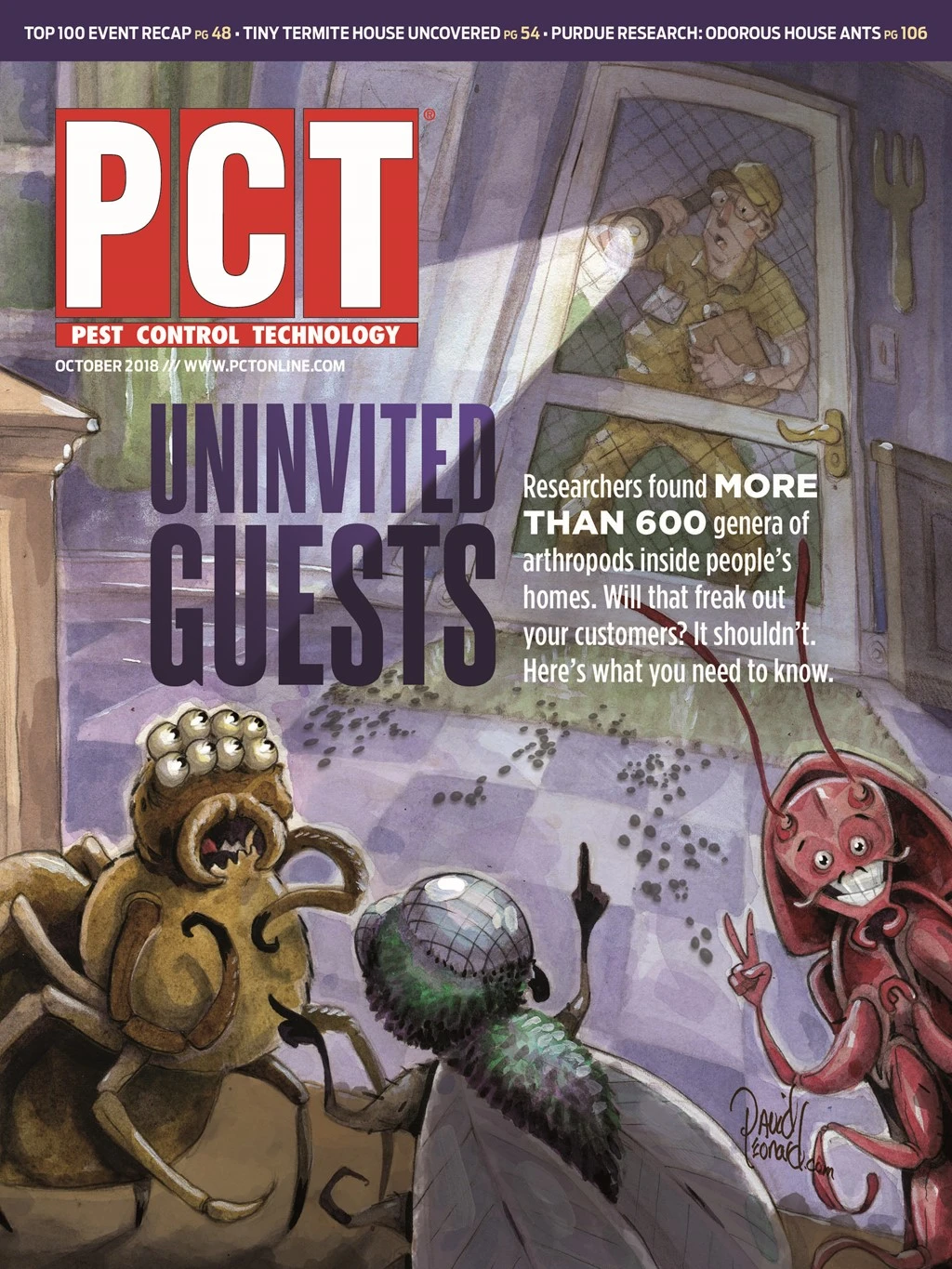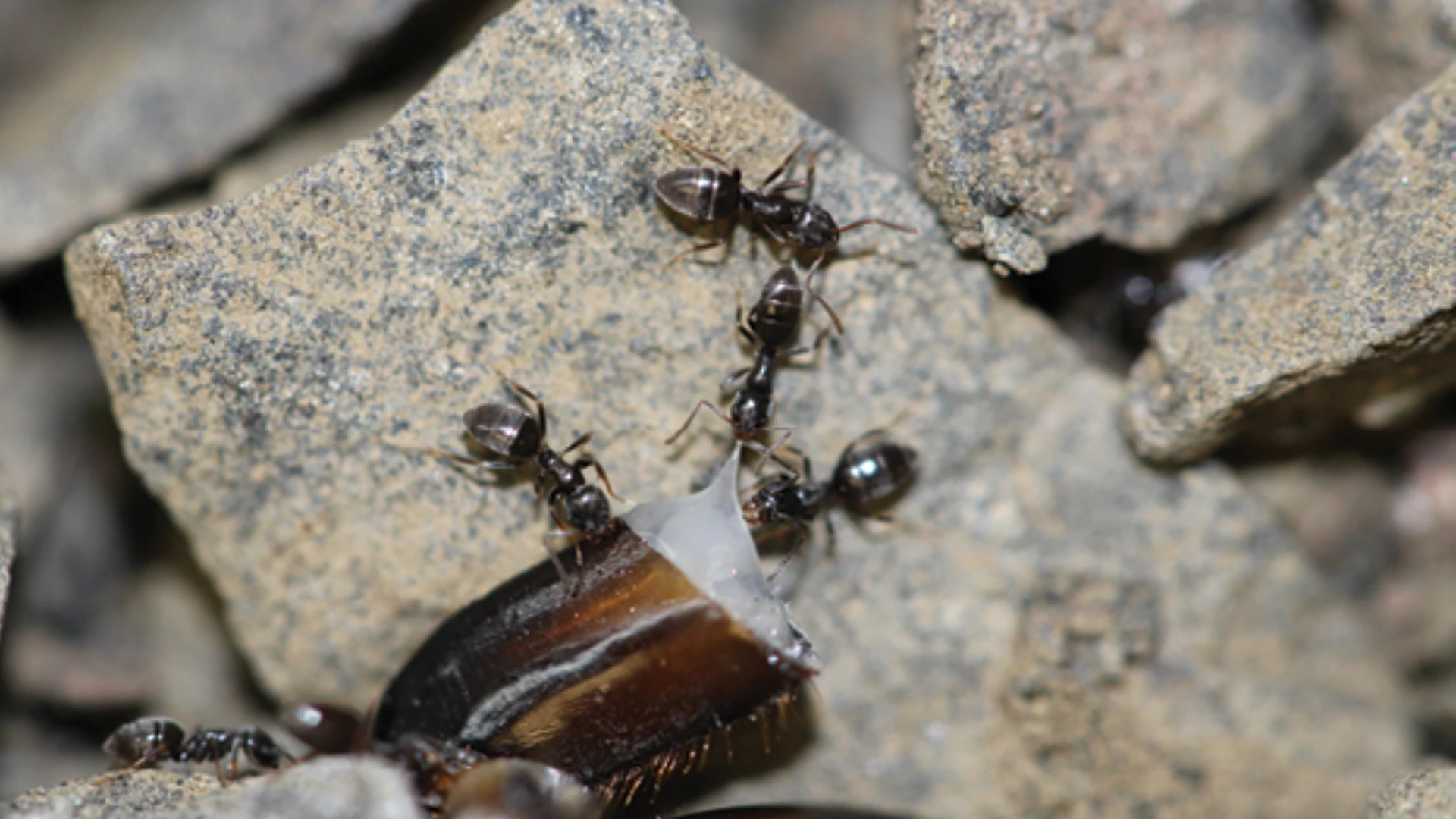
Editor’s note: Pamela Blauvelt and Eva Spencer, Griffin Pest Solutions, Kalamazoo, Mich., and Mary Vongas, ChemTec Pest Control, Saddle Brook, N.J., in June attended the Synchronous Fireflies Event in the Great Smoky Mountains. Learn more about the event. Blauvelt filed the following report.
We spent a magical night among the fairies in one of the most beautiful spots on Earth. What’s even better is that those twinkling lights were thousands and thousands of bugs! We spent a night in absolute darkness in the forest with a bunch of strangers to get a glimpse of some bugs. Crazy, maybe. Worth it, absolutely.
The annual synchronous firefly event in the Great Smoky Mountains is on the bucket list for most entomologists and pest management professionals. The show is a beautiful example of just how unusual insect dating and mating rituals can get.
Located in a small section of the nation’s most visited national park, the annual synchronous firefly event is the two-week mating season for the Photinus carolinus, America’s only species of firefly capable of synchronizing its lighting display. The insects’ mating season usually begins by late May and ends in early June, although this varies with temperature, weather and rainfall.
The males of these tiny, flying fireflies, sometimes regionally known as lightning bugs, light up or “flash” their abdomens at females to attract a mate. It’s this lighting pattern that makes the fireflies at the event so famous.
Instead of the random, flash-at-will pattern common in most all other firefly species, the male Photinus carolinus has been flash mobbing potential girlfriends for thousands of years. The males time or synchronize their flashes together, all going off simultaneously for a few twinkling seconds, then all going dark for a few moments. This pattern repeats all through the dusk and early night hours. Throughout the woods and across the park, from a height ranging from 2 feet off the ground to 8 to 10 feet above the forest floor, these fireflies spread out, twinkling like moving strands of Christmas lights, threaded through the trees, brush and even over rivers and ponds.
The females stay on or close to the ground during this display, responding with a quick double-flash as a response to the males.
Scattered throughout this display, you’ll also get glimpses of the 18 other firefly species located within the park. (One of note is a deadly copycat species that mimics the synchronous firefly’s flashes to lure in a mate only to consume them.)
Every year, around late April, the National Park Service announces the dates for the lottery to the synchronous firefly event. In 2018, the park received 22,000 applications for the coveted 1,800 parking passes. Each parking pass is good for one vehicle with up to six firefly enthusiasts. Lottery winners and their scheduled view dates are announced during the second week of May. Costs are minimal.
We spoke with many steadfast lottery applicants who waited more than five years to be selected. If you’re one of the lucky lottery winners, our best advice is to share the experience with family and friends, meet a few new friends on the way, and when the show starts, just sit back, relax, and take in the magic.

Explore the October 2018 Issue
Check out more from this issue and find your next story to read.
Latest from Pest Control Technology
- Target Specialty Products Expands Sales Leadership Team
- Mosquito Joe Promotes David Price to Vice President of Strategic Growth
- Abell Pest Control Recognized as One of Canada’s Best Workplaces in 2025
- Scorpion Launches Capacity Marketing Engine
- Petti Pest Control Owners Reflect on Finding Success as a Father-Son Duo
- Effective Mitigation of Crow Infestations
- Mosquito Control: Spraying vs. IPM
- Terminix Service's Leaders Inducted into South Carolina Business Hall of Fame





